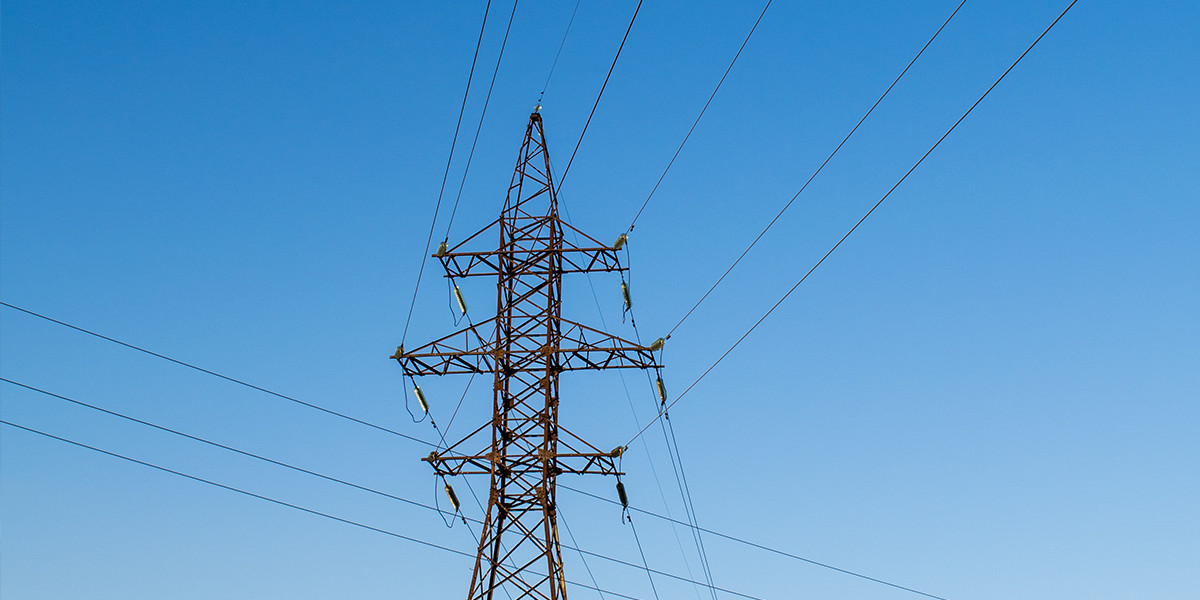
The New Utility Bill Cheat Sheet
Urjanet Inc | April 28, 2015 | Energy & Sustainability
When you receive your company’s utility bills each month, there are probably two data elements that catch your eye immediately: total payment due and due date. However, some utility bills can include more than 150 different components, many of which are often overlooked. Here, we identify and describe some common, yet often ignored, utility bill data points that may be helpful to know about and understand.
Terms such as account number, total payment due, late fees, outstanding balances, due date, billing period and taxes are common and easily understood. On the other hand, the following terms are not common to all bills, but understanding what they mean and examining them can help you analyze your organization’s energy usage and savings potential.
- Utility tariff: A utility tariff is a pricing schedule for gas or electricity from a specific provider. Essentially, it is the cost per kWh you are paying for your energy. Understanding your tariffs is key to making the best decisions regarding when to use energy and in what quantities. You may be charged per unit of energy with a flat, tiered or time-of-use rate. Switching your tariffs or modifying your organization’s energy consumption behavior to fit your current tariffs can save thousands of dollars a year.
- Time-of-use (ToU) rates: In time-of-use rate plans, charges during peak hours will be higher than those during off-peak hours. Some utilities further divide the rates into peak, partial peak, and off-peak.
- Super peak charges: This rate is typically more than twice the regular peak rate and is usually only charged during summer months.
- Usage profile: Your usage profile gives detailed usage for the previous 12–18 months. You can compare your company’s current consumption to your company’s historical consumption. For example, benchmarking the consumption for a particular month with the consumption for that month from the previous year will allow you to identify any unusual spikes or pattern changes.
- Demand charges: The demand charge is based on the highest demand reached for any 15-minute interval in the billing cycle. The demand charge is billed as a flat rate on a per kW basis. If one of your company’s facilities uses a high amount of energy at once, even for a short period of time, your organization may end up paying more than an organization that uses a moderate amount of energy fairly consistently. Utility regulators are now starting to encourage demand charges from utilities in order to reduce peak demand (the highest point of energy consumption during the billing period).
- Weather information: Average monthly temperature data in conjunction with average daily use information can further increase visibility into your company’s energy consumption. It can help you determine whether the changes in consumption are weather-dependent.
- Operation round up: Electric bills can be rounded up to the nearest dollar. For example, a bill originally for $99.20 can show up as a bill for $100. The $0.80 will generally go to a charitable organization.
- Various payment charges
- Customer charge: This fee is a fixed monthly charge to cover costs for administration, maintenance and other overhead.
- Transmission charge: Transmission is the process of transferring electricity from the port of generation to the local utility grid. This charge represents the costs to provide these electricity transmission services.
- Distribution charge: Distribution is the process of transferring electricity from the local utility grid to a building location. This charge represents the costs associated with distribution power lines, metering, billing, and support systems involved with the retail side of delivery. In deregulated markets, it is common to have different companies generate and distribute power.
- Payment charges: The utility will often charge the consumer for payment processing.
- Green power offerings: Utility bills may provide information about a utility provider’s green power offerings, which allow consumers to purchase a higher percentage of their energy from renewable sources, such as wind and solar. Although in some cases, green energy is priced with a premium, it may become more competitive in the near future because of growing pressures from consumers for sustainable solutions and the increasing costs of conventional energy.
Electricity is often the third largest expenditure for an organization, but it is often overlooked and viewed as a fixed cost. Improving energy efficiency is one way to reduce your energy costs, but it may be wise to explore new paths to cutting costs, such as selecting the right tariff plan, reducing consumption during peak demand and locating new facilities in areas that offer more competitive energy prices. Understanding your organization’s utility bills is essential to finding ways to reduce costs and developing a comprehensive energy management plan from both financial and sustainability perspectives. Without a complete set of all the elements on your organization’s utility bills, you are likely missing opportunities for improvement.
This article appeared on Energy Manager Today.
To learn how Urjanet’s Utility Data Platform empowers energy managers, download our Solutions Sheet: Utility Data for Energy Management and Procurement. And if you’re ready to start leveraging your utility data, contact us today.
Related Resources:
- How to Conquer Your Sustainability Data Woes
- Top 5 Tips for Energy Managers
- Announcing: Urjanet Utility Interval Data
If you like what you’re reading, why not subscribe?
About Urjanet Inc
Urjanet, the global leader in utility data aggregation, simplifies how organizations access and use utility data, enabling them to focus on their business. Our technology collects, processes, and delivers data from over 6,500 electric, natural gas, water, waste, telecom, and cable utilities worldwide.
You May Also Like
Support Business Continuity by Embracing ESG
Honor Donnie | March 18, 2022 | Energy & Sustainability
